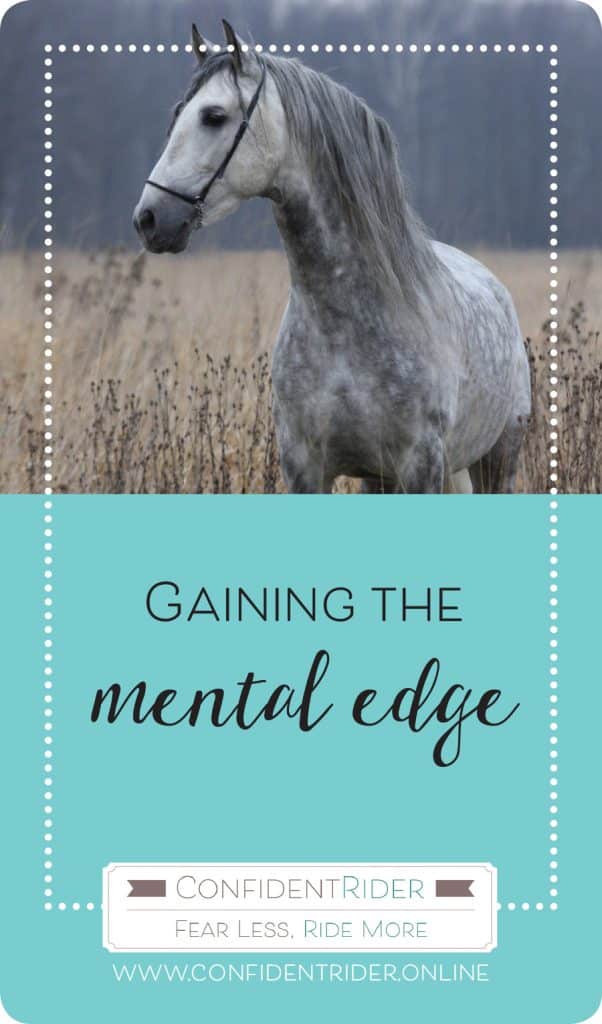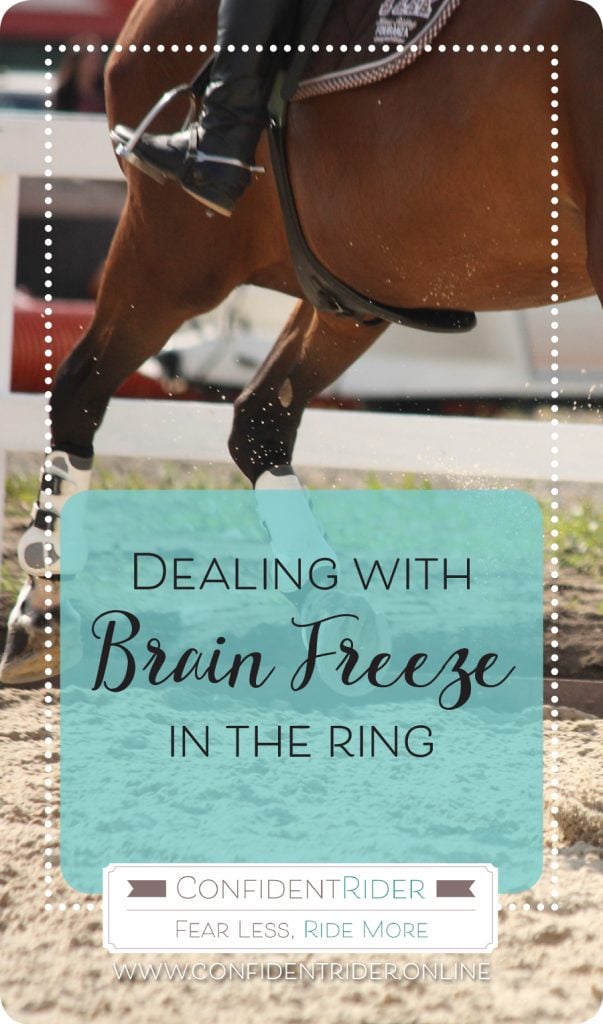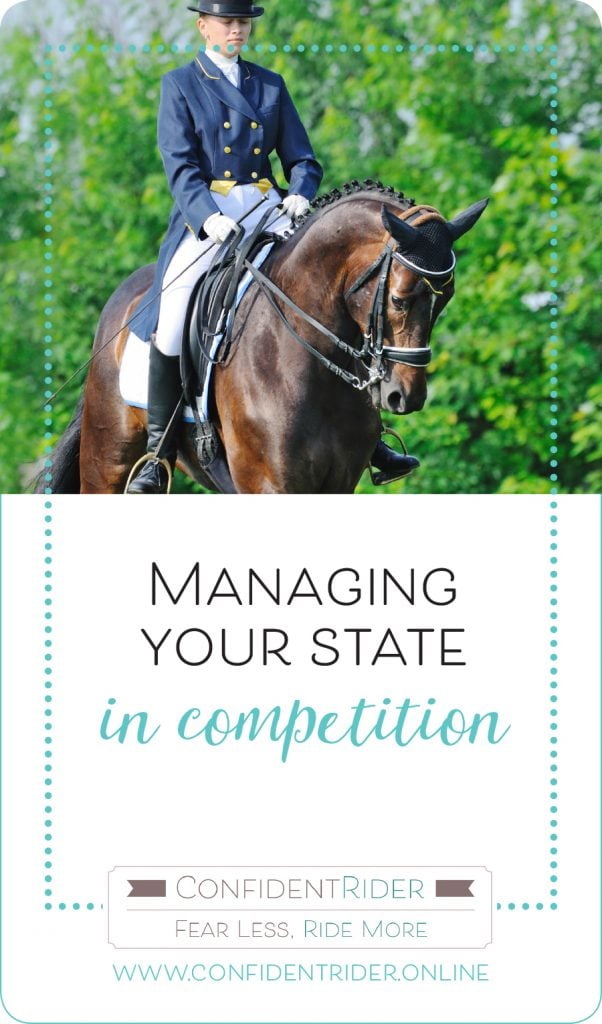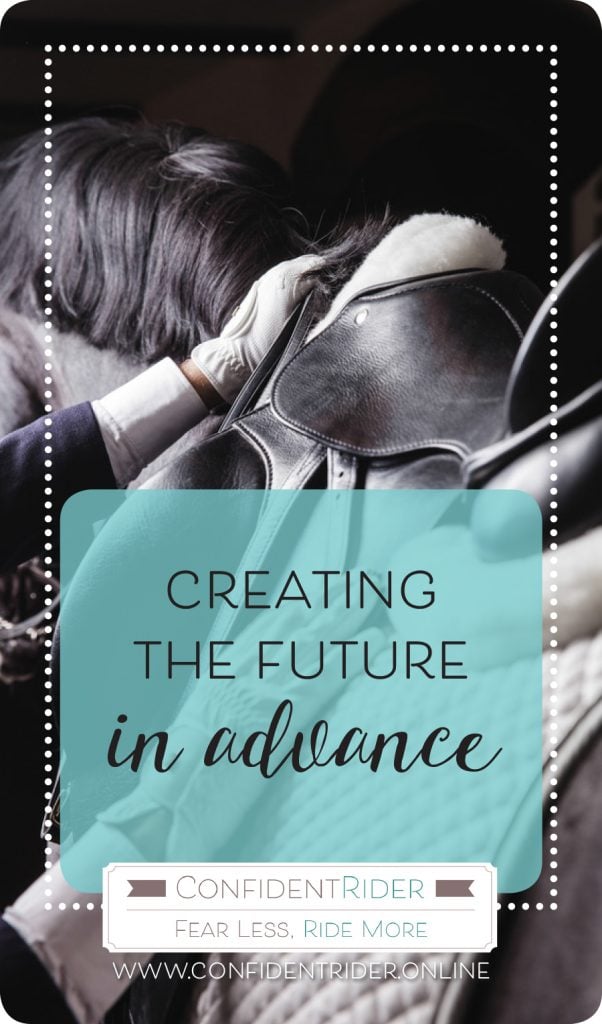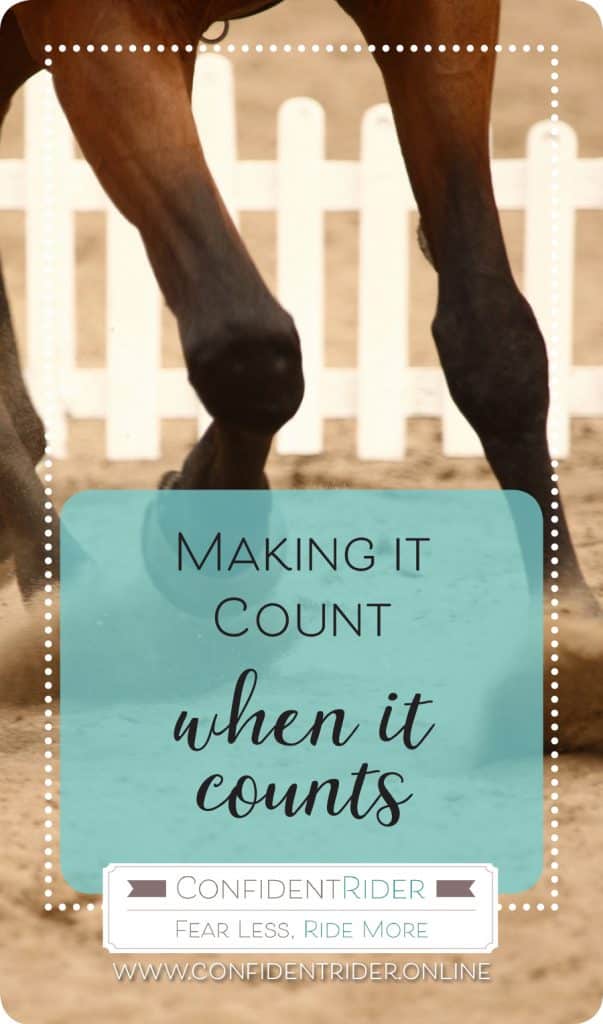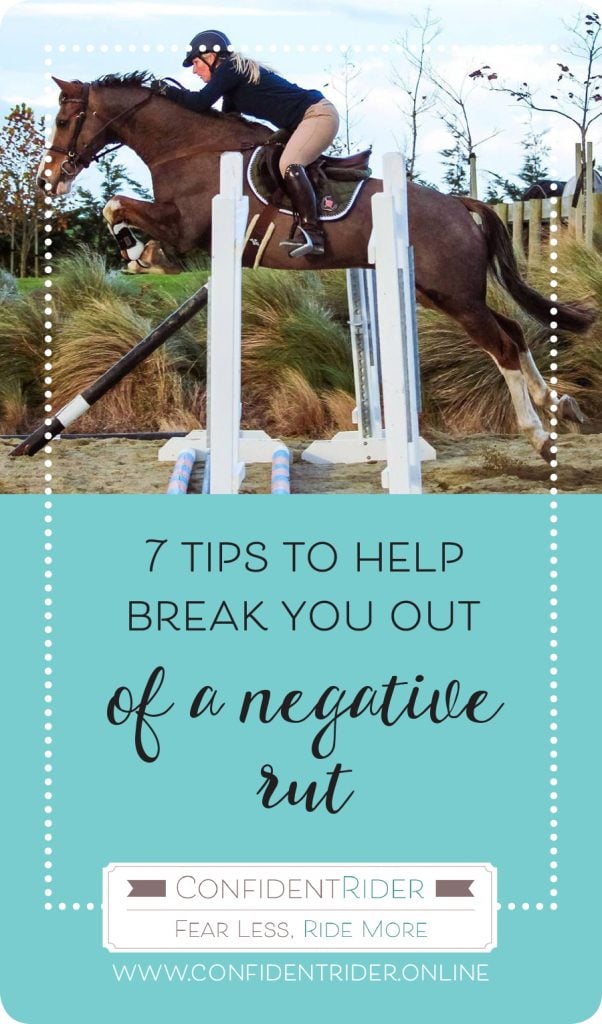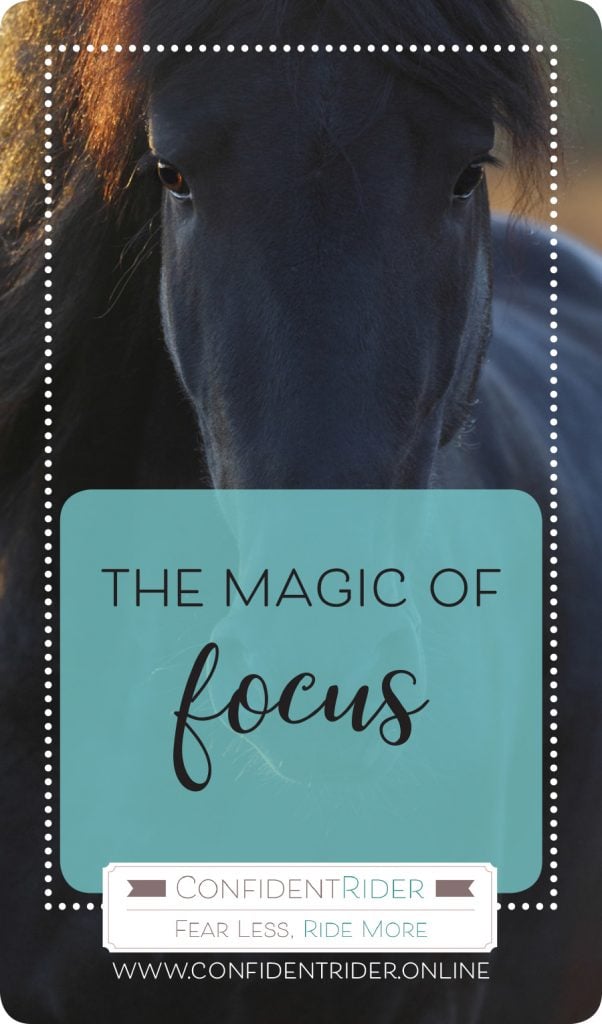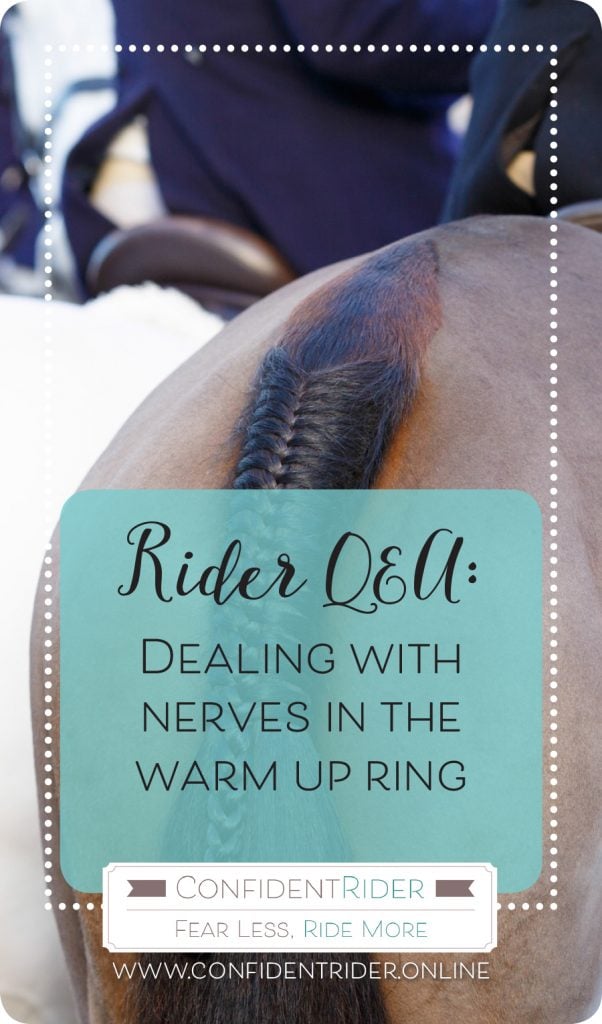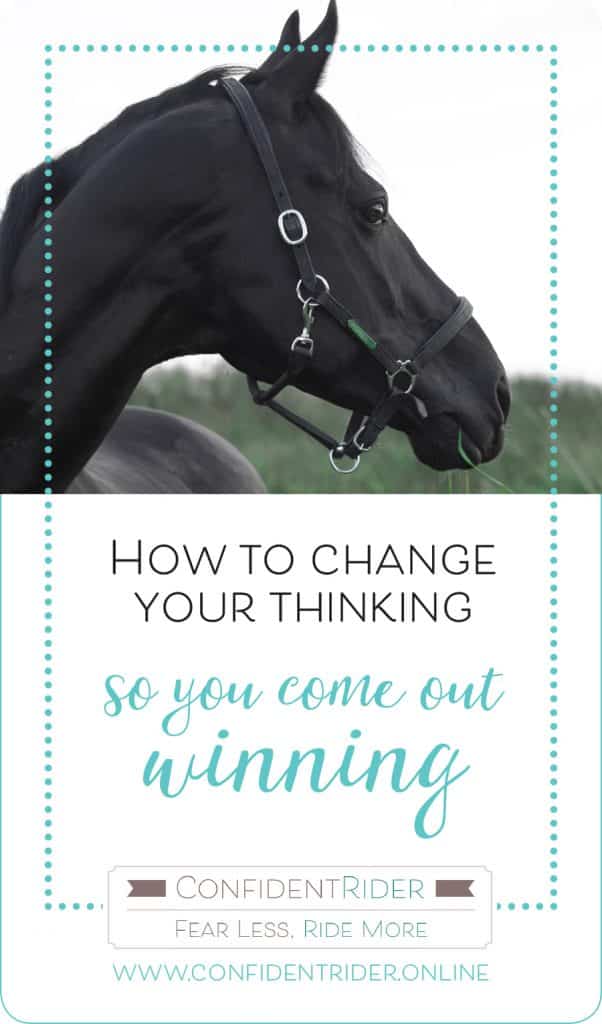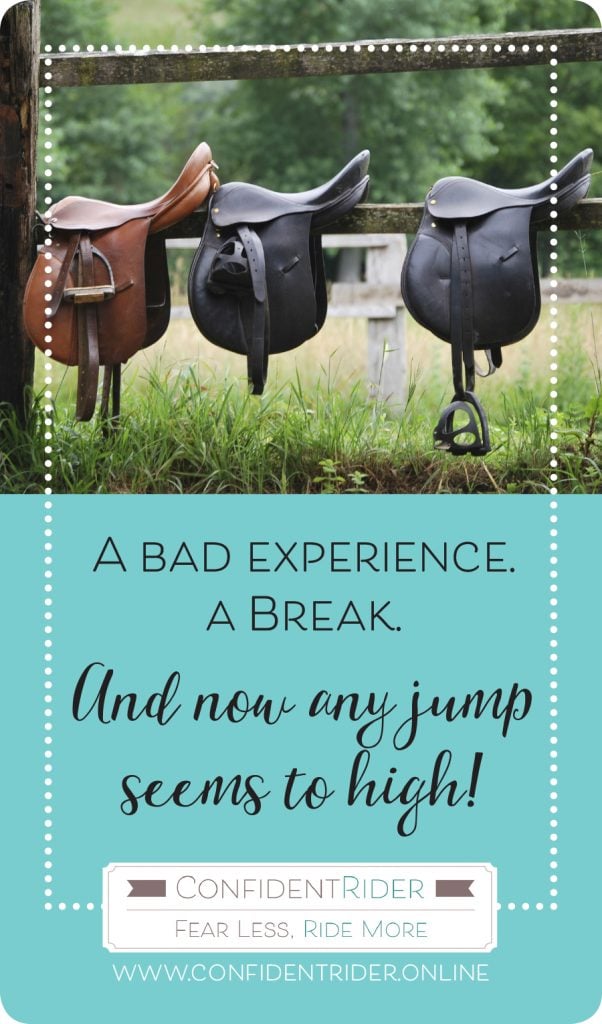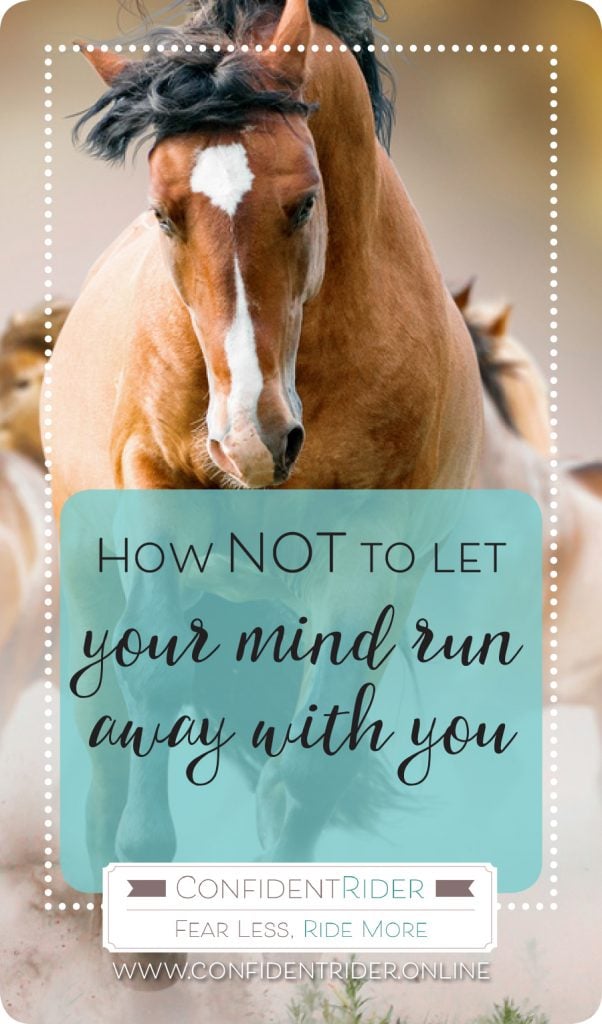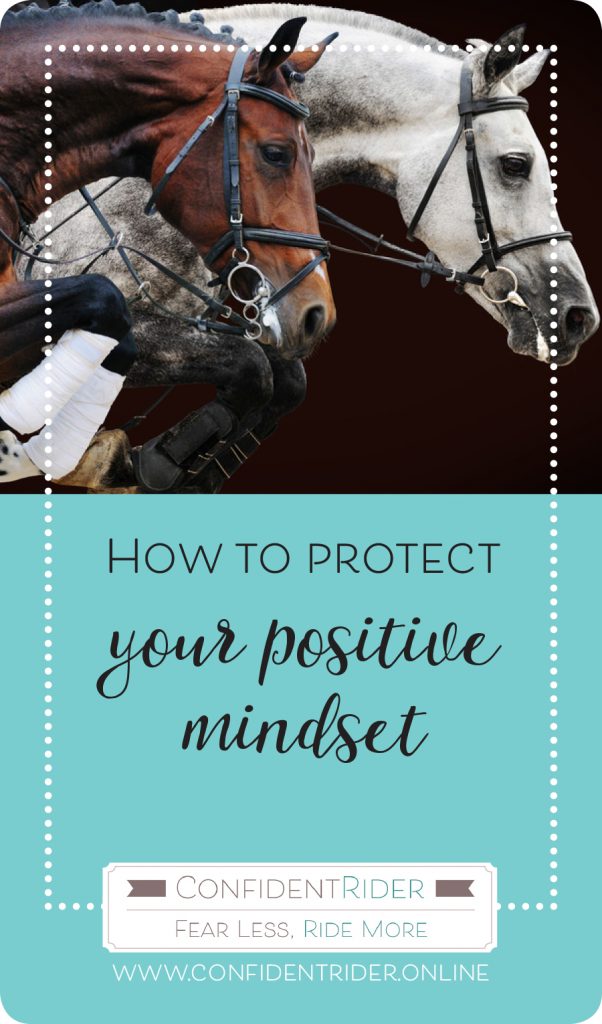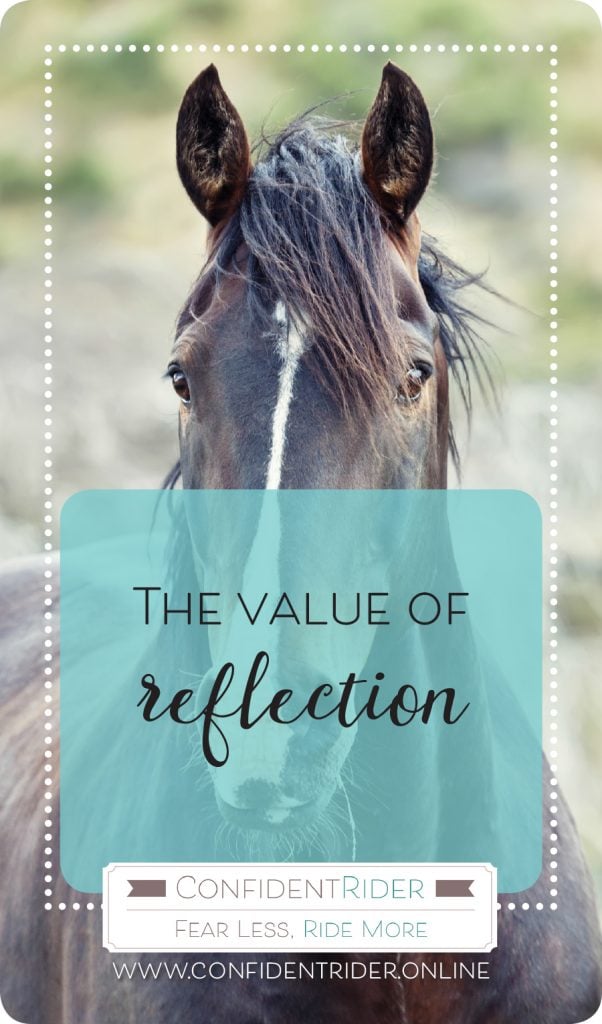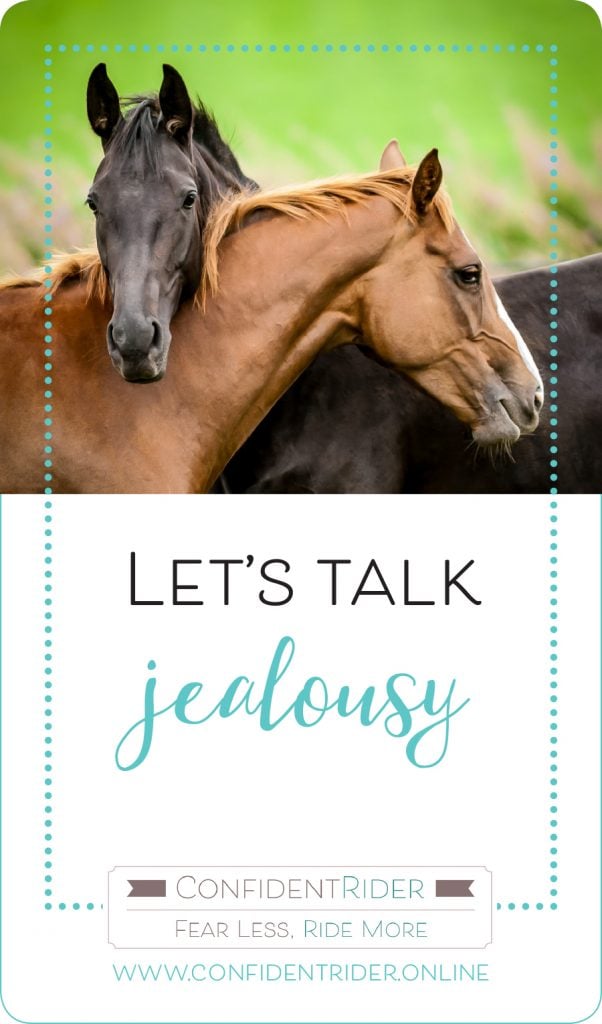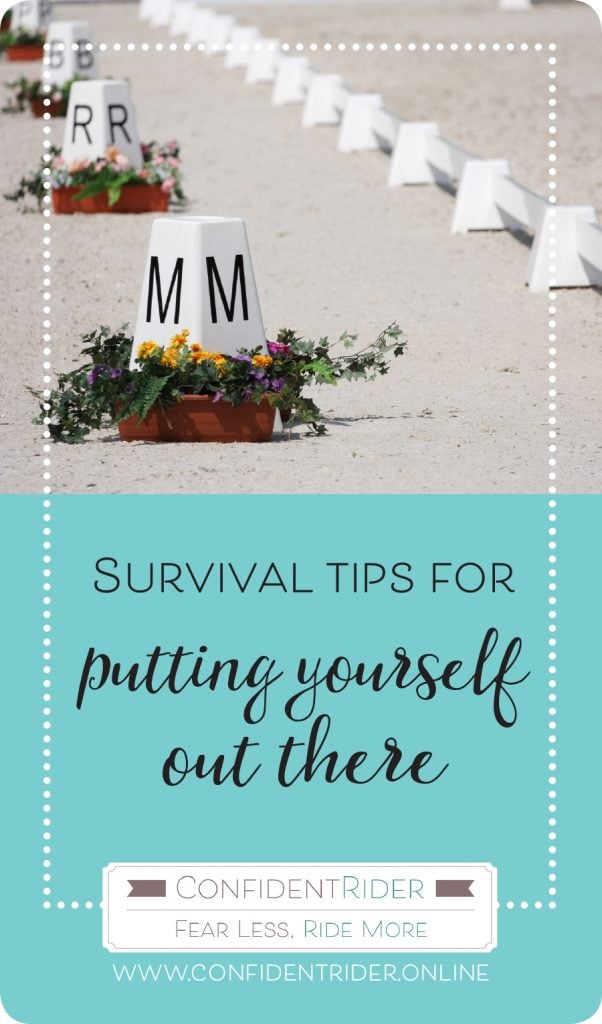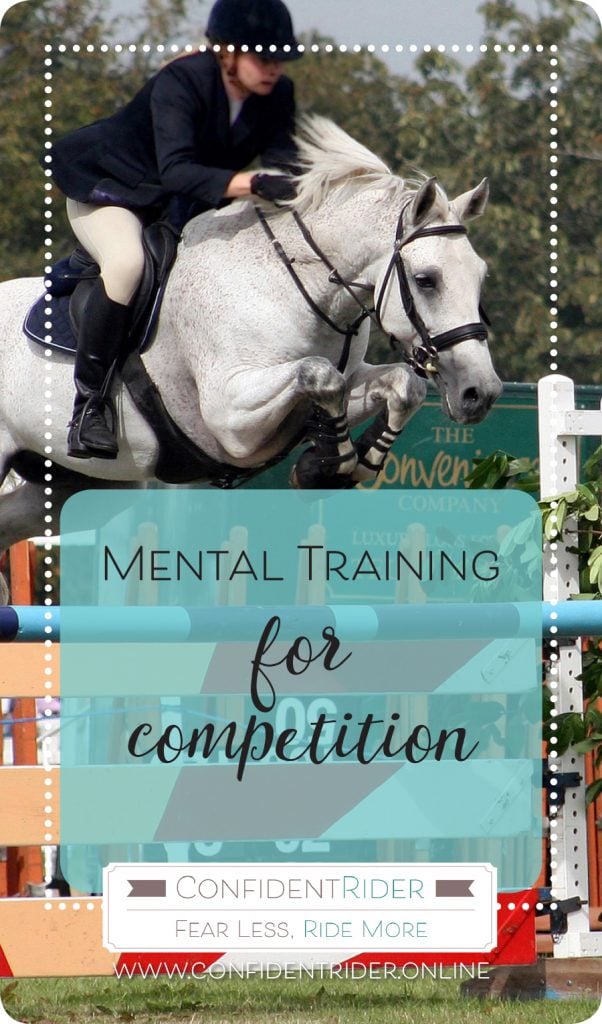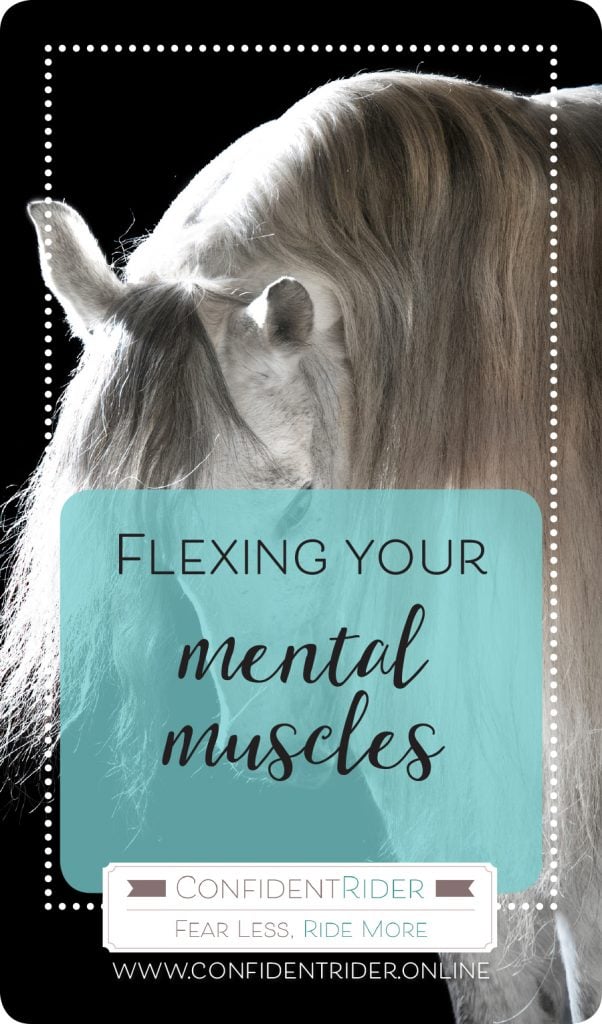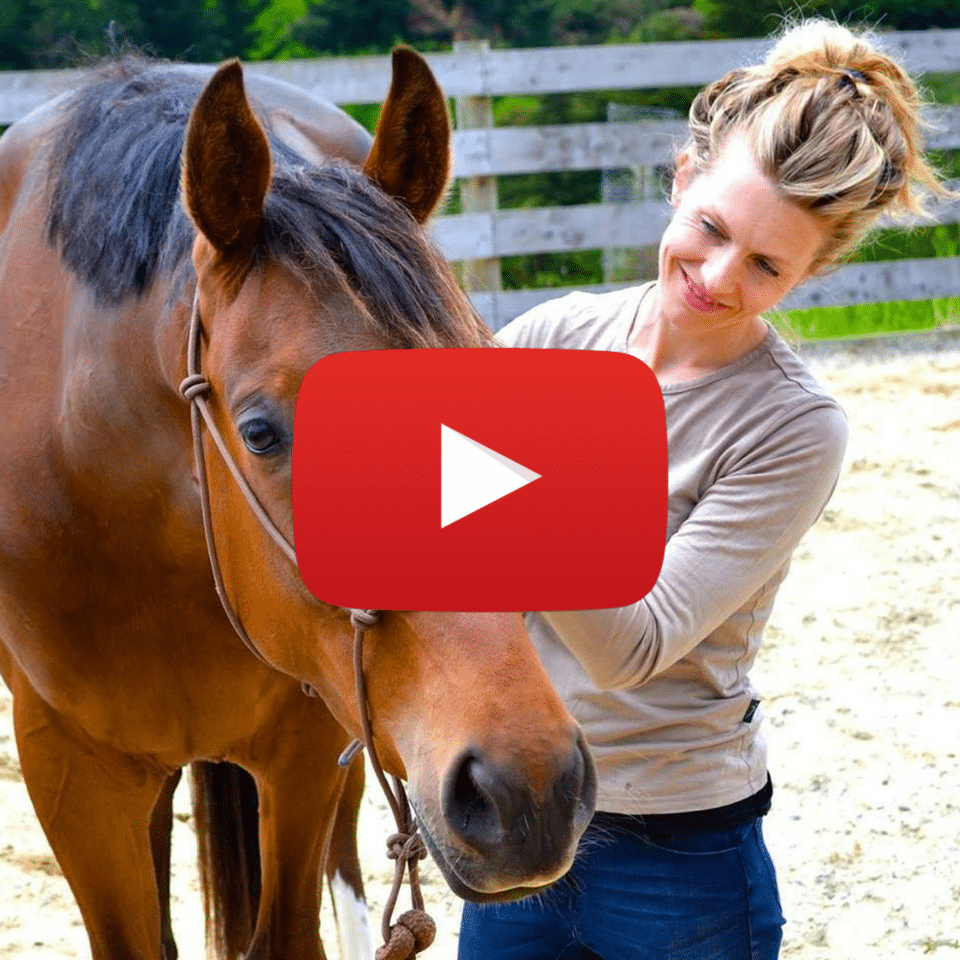
Have you ever been in the position where something wasn’t quite happening with your horse- for the sake of example, let’s pretend that you were having trouble nailing a transition, or your horse was refusing a jump- only to have your trainer, instructor or friend jump on and “get it” on the first attempt?
What is that? Aside from quite annoying! Provided that you possess the necessary level of competency as a rider and your horse is in a position to be able to do what is asked of him or her, a big part of the equation to consider is your commitment as a rider to making it happen- are you truly giving 100 % to seeing it through?
Or is there a part of you that is hesitant? If you are not completely congruent in wanting it to happen- if you body and your mind are even slightly out of alignment in what your intention is- your actions will reflect it and the message, however subtle will be transmitted to your horse.
She’s saying go with her legs, he says to himself, but her seat and posture are blocking me. Does she really want it? I’m not convinced!
This is a very common scenario with riders who have had a “bad experience”; staying with the example, if you have fallen off in the canter previously, or had an accident going over a jump, there can be some understandable hesitancy on the part of the rider when it comes to revisiting it again. You may know that you need to go into canter, you may feel as though you are committing to it physically, but if a part of you feels like you would rather not, or you are afraid of “going there again” for whatever reason, your physical actions will reflect this. Your messages and aids to your horse become mixed, and as a result, the outcome or response will be mixed also.
A huge part of creating consistent success is making sure you are completely congruent in your actions and your intentions, and being truthful with yourself in the times that you are not.
So what can you do if you feel that you actions and intentions are not working as a harmonious pair?
1. Look at the worst case scenario
I know, I know this may seem slightly left field of my usual groove, but for the most part, we focus on the worst-case scenario (even if we aren’t aware that that is what we are doing), and then, well, we leave it. We don’t think about the solutions or arm ourselves with a strategy. This time, think about the “worst thing that can happen” and then work out how you will respond.
If “x” happens, I will do “y”. Fear and lack of confidence is greatly diminished when we feel as though we can handle what comes up, so handle it in advance. How will you respond if what you are hoping isn’t going to happen happens? And then how will you move forward?
2. Visualise what it is that you want
Now to direct your focus. What is it that you want to happen? Is it a smooth and glorious canter transition? A scopey and elegant jump? What do you want?
How does it look in your minds eye? How does it feel? See yourself riding it through to a successful completion.
3. What actions are required to get there?
Now you understand that you can handle whatever comes up, you can see the end result in your mind’s eye, now what do you have to do physically to make it happen? How do you have to ride? Who do you need to be as a rider in order to make it work?
Isolate the qualities that are required of you and then commit 100% to seeing it through. See the vision in your mind, and then bring the vision to life.
Believe it, see it, mean it.

